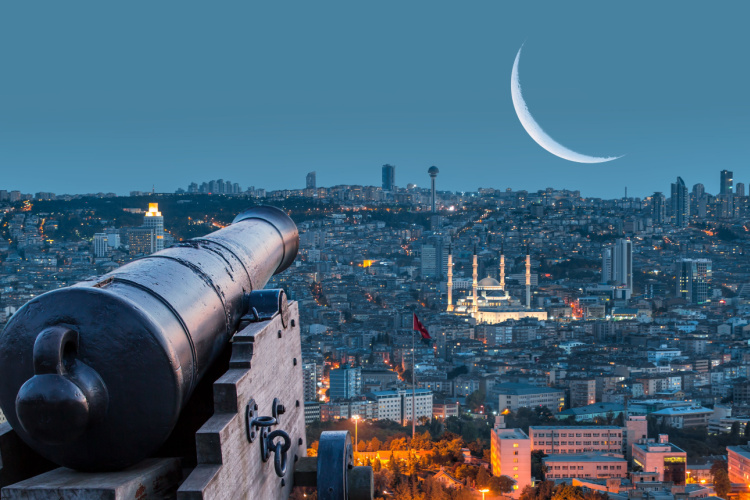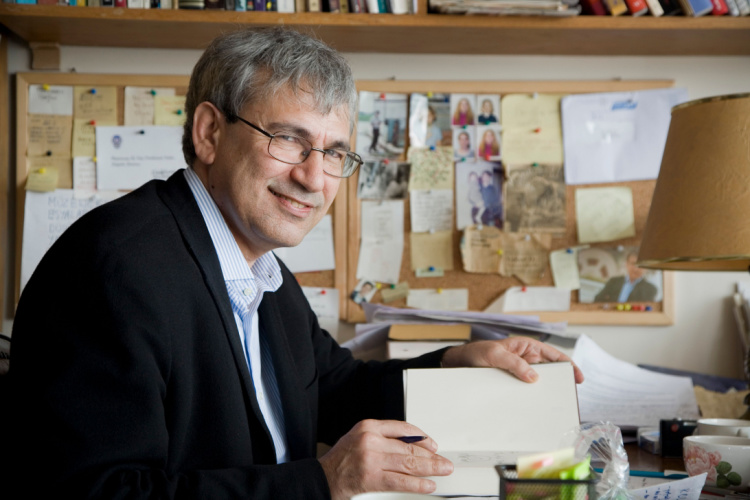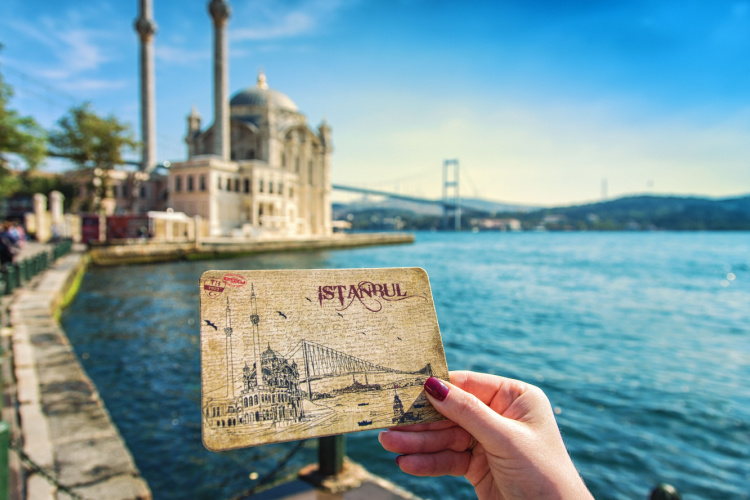
BLOG
- ELİTE WORLD HOTELS & RESORTS
- BLOG
- WHAT YOU NEED TO KNOW ABOUT THE IFTAR CANNON
What You Need to Know About the Iftar Cannon

The month of Ramadan is considered sacred by Muslim communities all over the world. Muslims living in different geographies have striking Ramadan traditions that are similar and different from each other, specific to this month. One of the interesting traditions that continues to exist even today in some of the countries where Muslims live is the "iftar cannon" tradition.
So, what is the "iftar cannon" tradition, which has a very interesting name and where and how did it first appear? How did it become an ancient tradition? Let's take a look at the history of the iftar cannon tradition together!
An Ancient Ramadan Tradition: What is the Iftar Cannon?
During Ramadan, Muslims fast as an act of worship and break their fast when it is time for iftar. During this period, cannon shooting is carried out as a Ramadan tradition that has been going on since ancient times. This method was first used to announce that the month of Ramadan had come and then every evening adhan announced that it was time for iftar. The use of iftar cannons, which were previously a necessity, continues to be a tradition today with the development of technology.
Iftar cannon fires during Ramadan spread to many cities. This ancient tradition continues to be kept alive in Jordan, Malaysia, and Senegal today. In addition, the iftar cannon tradition spread to the Arab world in the past centuries and is also found in countries such as the United Arab Emirates, Bangladesh, and Kuwait.
Narrations Concerning the Appearance of the Iftar Cannon
Although the iftar cannon tradition is a Ramadan tradition practiced in many countries where Muslim communities live today, how it emerged still remains a mystery. There are many rumors about where the iftar cannon first appeared.
One of these rumors is that the iftar cannon first appeared by chance during the Mamluk period in the 1400s. According to the rumor, the soldiers started to clean the cannon and the cannon exploded just as the evening call to prayer was recited. Thus, the explosion of the cannon coincided with iftar time. The next day, the commander allowed the cannon to be fired at iftar time again.
However, in his work Personal Narrative of a Pilgrimage to el Madinah and Meccah in 1855, Sir Richard F. Burton says that this tradition first took place during the reign of Abbas I. According to the information here, the cannon was fired twice, both at the time of breaking the fast and in the last minutes of sahur. Another narration is that one of the caliphs of the Fatimid period wanted to announce the time of iftar for the Muslim people by placing a cannon on Mokattam Mountain.
The cannon incident, which is said to have taken place during the reign of the Egyptian governor Kavalalı Mehmet Ali Pasha, is another rumor. This Ottoman pasha brought military cannons from Germany to Egypt, which was under his rule, in the early 19th century. The testing of these military cannons coincided with iftar time in Ramadan. These cannon shots, which were carried out as a tradition, came about by chance.
Iftar Cannon Excitement in the Ottoman Empire
According to the information obtained from archive documents, the first iftar cannon firing in the Ottoman Empire took place in Anadolu Hisarı in 1821. This cannon, which was fired to announce iftar and imsak times to the public, was also fired from the Rumeli Fortress a short time later. Sources in the archives show that cannon fire was also carried out at the walls of Yedikule since 1827.
Cannon shooting spread throughout the empire within 20-25 years and became a tradition. Iftar cannon firing was carried out from castle bastions in cities with castles, while in port cities it was carried out with cannons on warships. In cities without castles or ports, cannon fire was not allowed.
The Importance of Competent Persons in Using Iftar Cannons
It is important that the iftar cannon, which is essentially used in wars as a military weapon, is detonated by experts, as its use requires care. In our country, cannon firing is done from castles in the city by competent people who have an "Ateşleyici Yeterlilik Belgesi".
















